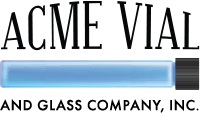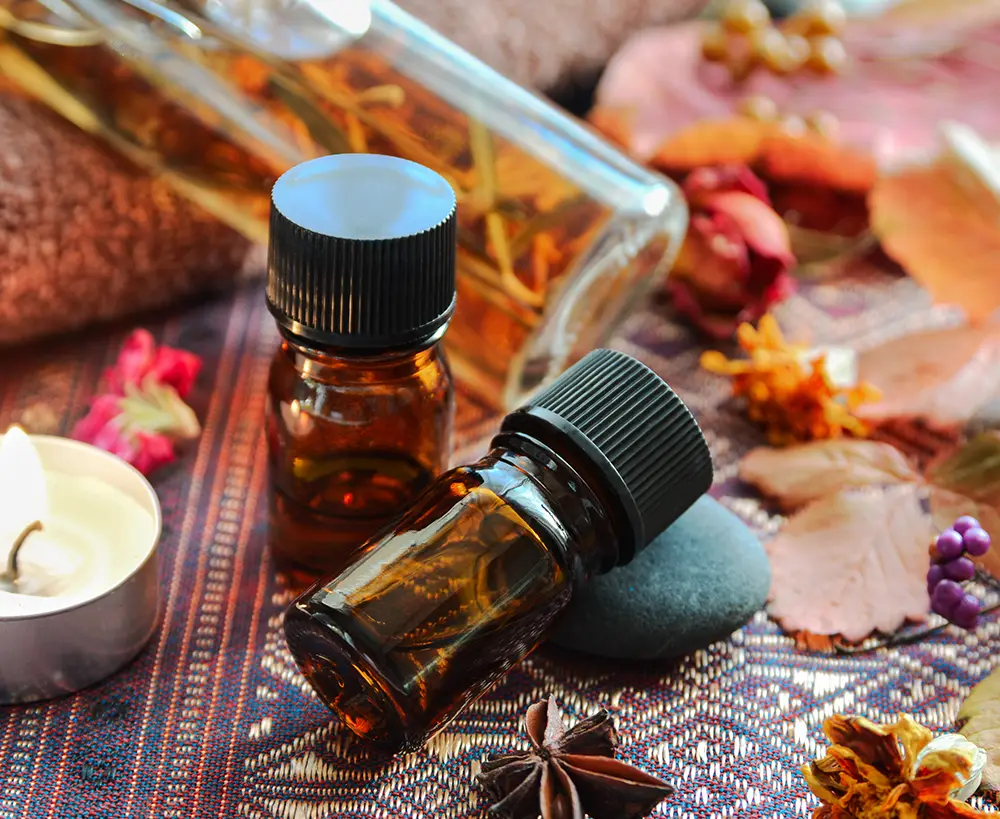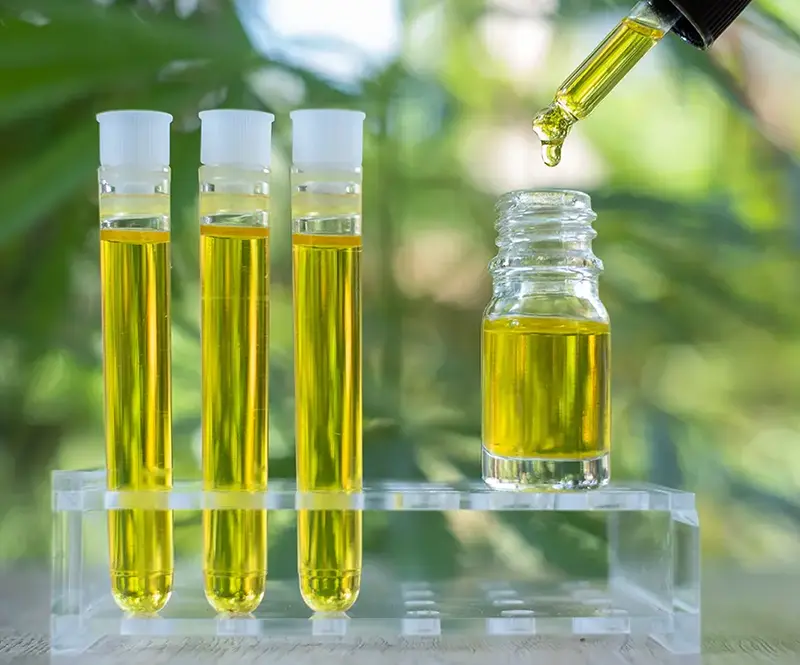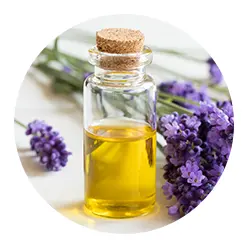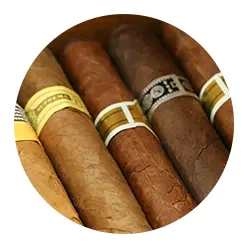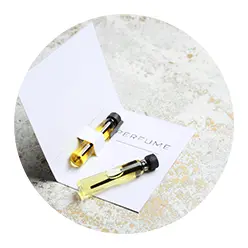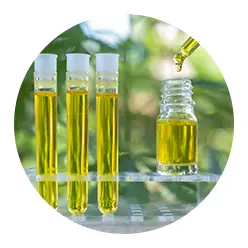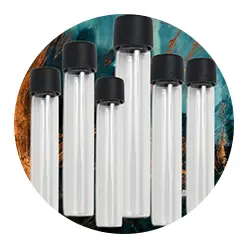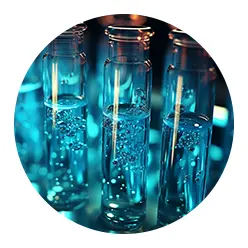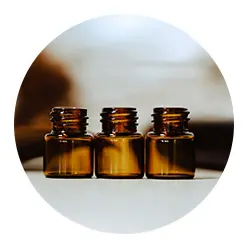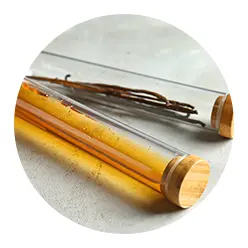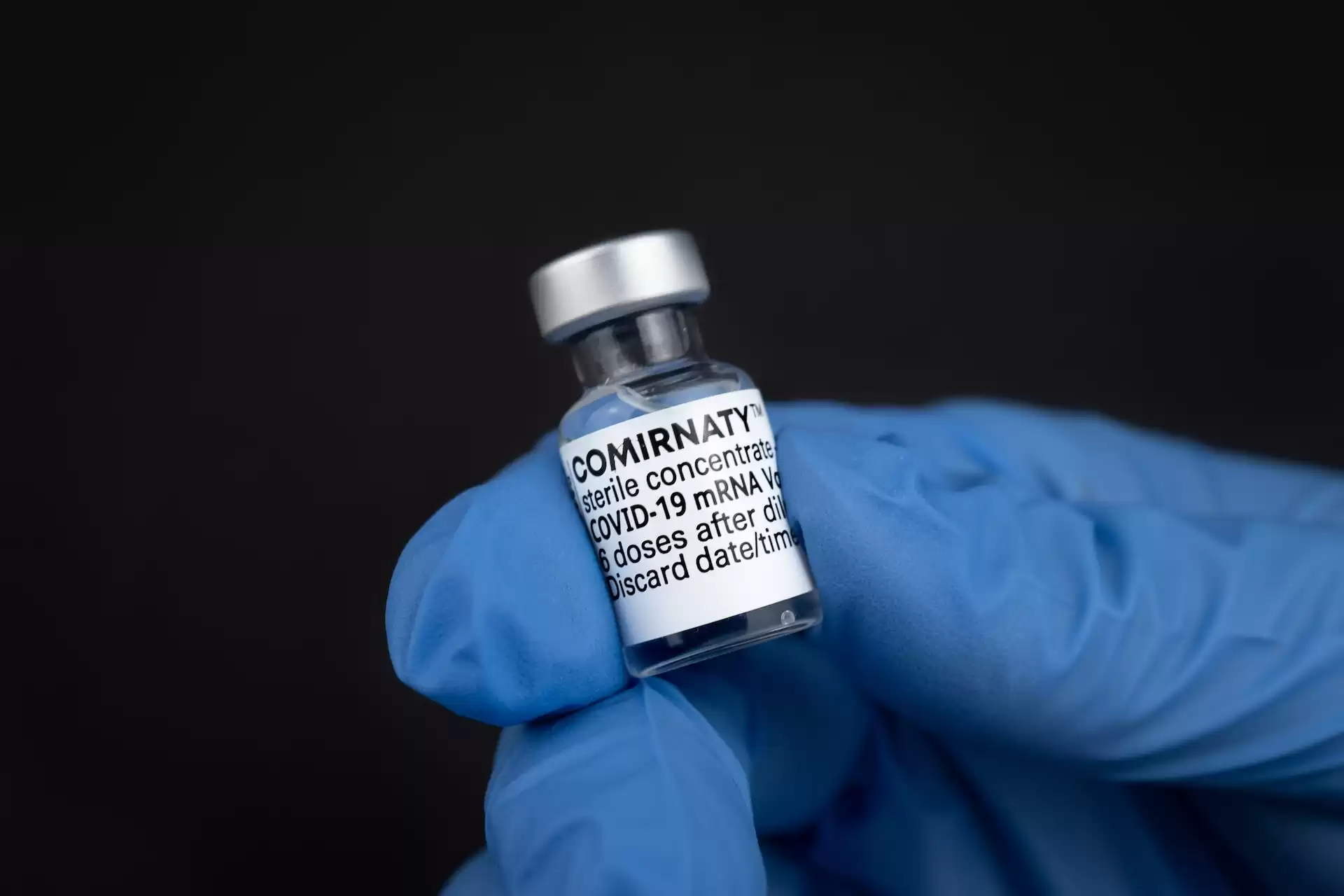Beginning in March 2020, the world faced an unprecedented challenge in the race to combat the COVID-19 pandemic. By the end of 2020, pharmaceutical corporations had manufactured a revolutionary vaccine, and the focus became on how to distribute the vaccine as widely as possible. A relatively unknown part of that story was the logistical challenge of storing and transporting vaccine doses to the masses. Tiny glass vials to the rescue!
The Bottle Bottleneck
One crucial but often overlooked aspect of vaccine distribution was the availability of medical glass vials to store and transport these vaccines. Manufacturers felt the pressure as the demand for these vials surged. Here is why.
Manufacturing Specifications for Vaccine Vials
Tiny glass vials used for storing vaccines and various healthcare products must meet stringent manufacturing specifications to ensure the safety and efficacy of their contents. These vials, which will hold at least one dose of vaccine, play a vital role in the healthcare industry.
For decades, drugmakers have relied on vials made of borosilicate glass, a chemically inert material that remains stable under a wide range of environmental conditions. This stability is crucial to ensure that pharmaceutical products, including vaccines, remain uncontaminated and retain their effectiveness.
Unlike commonplace glass in everyday items like bottles or jars, borosilicate glass contains boron oxide and other compounds that enhance its stability. It is resistant to temperature extremes, withstanding as high as 500°C and as low as 0°C.
Recognizing the importance of vial supply, the U.S. government secured contracts with several vial manufacturers, which rapidly scaled up production, with plans to provide 120 million vials for U.S. domestic priorities by the end of 2020 and potentially up to 1 billion by April 2021. That is no easy feat under normal economic conditions, and Q4 of 2020 was anything but ordinary.
Supply Chain Disruptions
The sudden surge in demand for tiny glass vials during the COVID-19 pandemic, coupled with global lockdowns and other pandemic-related policies, caused massive delays in manufacturing and shipping worldwide. Manufacturers faced unprecedented challenges in sourcing raw materials, production disruptions, and logistics constraints. These challenges were exacerbated by several eerie and frustrating black swan events, such as not one but two accidental blockages of the Suez Canal in 2021. With more than seventy percent of medical glass being sourced from outside of the United States, supply chain problems exacerbated the vial bottleneck.
How Manufacturers Rose to the Challenge
As the world grappled with the urgency of developing and distributing COVID-19 vaccines, the demand for glass vials, each capable of holding multiple vaccine doses, surged to unprecedented levels. This prompted a remarkable response from various manufacturers, each contributing to the global effort in their unique way.
In the United States, the government significantly boosted the domestic supply of vials, syringes, and other essential medical supplies. The Trump administration awarded contracts to several companies to expand production capacity. With the help of a $42 million contract from the government, for example, one manufacturer upgraded a factory in Nebraska, allowing the company to produce hundreds of millions more syringes to support the U.S. government’s “priority access” efforts in response to the pandemic.
The demand for vials escalated due to the rapid development of vaccines. Major drugmakers like Johnson & Johnson, AstraZeneca, Merck, Moderna, and Novavax geared up for large-scale vaccine production, filling vials for shipping even before knowing the vaccine’s efficacy. The White House and the Department of Health and Human Services aimed to have hundreds of millions of vaccine doses ready by the end of 2020. While some experts viewed this timetable as optimistic given the typical timeline for vaccine development, the administration’s goals were met, and priority doses of the vaccine were distributed in Q4 of 2020.
Glass Vials for Labs
Small glass vials have long been an essential part of scientific applications, serving as the preferred choice for storing essential substances and products. The critical attributes that make these vials indispensable in laboratory packaging are precisely what sets Acme Vial’s products apart.
Chemical Inertness: Acme Vial’s tiny glass vials are crafted from high-quality materials that ensure chemical inertness. This means that the vials do not react with the substances they contain, guaranteeing the purity and stability of laboratory products. Wherever the integrity of these products is paramount, this chemical stability is a non-negotiable requirement.
Temperature Stability: Laboratory products must often be stored and transported within specific temperature ranges to maintain efficacy. Acme Vial’s vials, made from top-notch materials, exhibit remarkable temperature stability. They can endure extreme temperatures, from as high as 500°C to as low as 0°C, without compromising the contents’ quality. This feature is especially vital for vaccines, which must remain effective from production to administration.
Contamination Prevention: Laboratory products are vulnerable to contamination from external sources, which can lead to reduced efficacy or, in severe cases, harm to patients. Acme Vial’s tiny glass vials are designed to provide unparalleled protection against contamination. Their precision manufacturing processes and high-quality materials ensure a secure seal that keeps the contents pristine throughout their shelf life.
Product Integrity: Shifts in pH or the leaching of contaminants from packaging materials can accelerate the degradation of active ingredients in laboratory products. Acme Vial’s small glass vials are engineered to interact minimally with their contents. This ensures that the delicate balance of product formulations remains intact, preventing unintended chemical reactions and degradation.
Versatility: Acme Vial’s commitment to producing a wide range of vials and closures makes them versatile for laboratory packaging needs. Whether it is substances for laboratory applications, essential oils, or cosmetics, their product line encompasses a variety of options to suit different applications. This versatility simplifies the packaging process for laboratories, offering them the flexibility they need to meet specific requirements.
Conclusion
The COVID-19 pandemic underscored the critical role of small glass vials in laboratory applications, particularly in vaccine distribution. Manufacturers like Acme Vial, who are committed to precision and quality, proved invaluable in supplying laboratories with essential packaging solutions. Their dedication to producing high-quality vials without molds makes their products ideal for laboratory applications, ensuring the safe storage and transport of essential substances.
